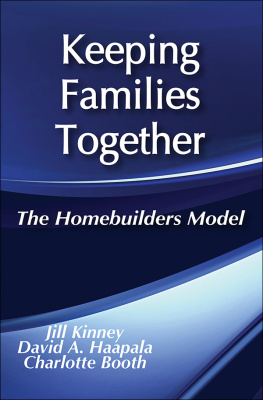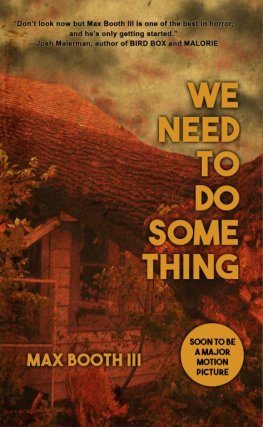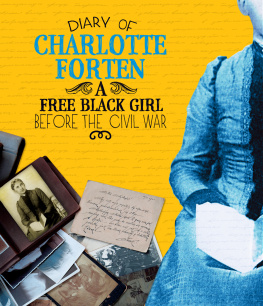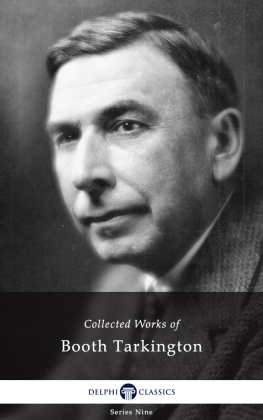Keeping Families Together
Keeping Families Together
The Homebuilders Model
Jill Kinney, David Haapala, and Charlotte Booth
First published 1991 by Transaction Publishers
Published 2017 by Routledge
2 Park Square, Milton Park, Abingdon, Oxon OX14 4RN
711 Third Avenue, New York, NY 10017, USA
Routledge is an imprint of the Taylor & Francis Group, an informa business
Copyright 1991 by Taylor & Francis
All rights reserved. No part of this book may be reprinted or reproduced or utilised in any form or by any electronic, mechanical, or other means, now known or hereafter invented, including photocopying and recording, or in any information storage or retrieval system, without permission in writing from the publishers.
Notice:
Product or corporate names may be trademarks or registered trademarks, and are used only for identification and explanation without intent to infringe.
Library of Congress Catalog Number: 90-19973
Library of Congress Cataloging-in-Publication Data
Kinney, Jill, 1944-
Keeping families together : the homebuilders model / Jill Kinney, David Haapala, and Charlotte Booth.
p. cm. (Modern applications of social work)
Includes bibliographical references and index.
ISBN 0-202-36067-9.ISBN 0-202-36068-7 (pbk.)
1. Family servicesWashington (State). 2. Family social workWashington (State). I. Haapala, David, 1949-. II. Booth, Charlotte, 1948-. III. Title. IV. Series.
HV699.3.W2K56 1991 90
19973
362.82809797dc20 CIP
ISBN-13: 9780202360676 (hbk)
ISBN-13: 9780202360683 (pbk)
Contents
Our experience with keeping families together began amid much skepticism when we opened the Homebuilders Program in Tacoma, Washington, in 1974. Most of us thought families whose children were placed outside the home were probably hopeless. They probably didnt really care about their children and didnt deserve to have them.
Now, after providing intensive in-home family crises intervention and education services to 2,600 families and 4,700 children in imminent danger of out of home placement, we know most families are not hopeless. Depending on the presenting problems and the definition of out of home placement, between 73 and 91% are able to avoid out of home placement during at least the 12 months following intervention. Most show substantial improvements in functioning.
We hope this book will assist those who are considering beginning their own Family Preservation Services to evaluate whether or not the approach will be a good fit for them. We hope those who have already decided to begin a program or apply for a job in one will become aware of some of the complexities of program design and training so that they can make informed decisions. We would also like to stimulate others to challenge our methods and our conclusions, and to provoke us to continue refining our ideas and our practices.
This book is not a cookbook on how to begin a program. Every community is different, and requires careful, individualized planning and evaluation. The book will not teach people to be Family Preservation counselors. It cannot substitute for training, supervision, and hands-on practice.
Some of the challenges for us in writing this book have been organizing the material to be clear and easy to understand without sacrificing the complexity of reality. The way we have structured material is, as always, somewhat arbitrary. Everything is interconnected. Many topics that are separated in this book overlap in reality.
This book is about our efforts to learn to be helpful to families, and about families potential to grow. We have struggled to put into words many areas where we are still guided by intuition and supposition. Families, human interactions, involve some areas we may never talk about very well, like the capacity of the human spirit to prevail over astounding odds. This capacity is what has kept us engaged for 16 years and moved us to put some of our observations on paper.
This book is the product of hundreds of peoples efforts over 16 years.
Bud Wetzel, a former professor and long standing consulting psychologist, has mentored, inspired, and encouraged us for all of those years. He, more than anyone, helped us to write this book. We are grateful for his clarity, kindness, patience, editing and friendship.
Diane Johnson, our Administrative Assistant, took on this assignment as if it was her mission in life. She typed, organized, managed and encouraged. We rely on and appreciate her judgment, dependability, reliability, and cheerfulness.
The current and former Board of Directors of Homebuilders have provided support for this book and the agency. Denzel Scott, John Briehl, Gerry Bresslour, Ricardo Cruz, Starla Drum, Kathleen Feely, David Giles, Jack Gretz, Betty Higley, Joan Meisel, Carmen Morris, Cliff Peterson, Diane Skaar, David Tobis, Bud Wetzel, D.J. Wilson, Mary Jo Uhlman, Don Rolstad, Hugh Armstrong, and Cheryl Richey have, and continue to be, wonderful contributors and friends.
The Edna McConnell Clark Foundation has supported much of our growth, and the growth of family preservation services throughout the United States. Peter Forsythe, Peter Bell, Susan Notkin, Courtney OMalley and Joanne Edgar have been both inspiring and provocative and challenging. They, more than anyone else, encourage us to continue pushing back the frontiers in helping families.
Hugh Armstrong, Cor Bakker, Bill and Lyn Criddle, Richard Farson, Mark Fraser, Peter Newell, Peter Pecora, and Jim Whittaker have all made significant contributions to Homebuilders concepts and technology.
Eugene Matsusaka and Catholic Community Services of Tacoma gave Homebuilders its first home, nurturing it, and us, and handling far more administrative details than we ever realized existed before moving into our own agency.
The clients, therapists, supervisors, trainers and office based staff are the people who have taught us the most. This book is for them.
* Homebuilders is the trademark of Behavioral Science Institute. Subsequent references to Homebuilders throughout the book should be regarded as implicitly carrying the registered Trademark.
I
THE OVERVIEW
Program Context and Philosophy
When a familys problems become so severe that the usual community resources are unable to help them effectively, caseworkers are usually advised to place children outside the home. Family Preservation Services (FPS), such as Homebuilders, are designed to give caseworkers and families another option: services that are more intensive, accessible, flexible, and goal-oriented than traditional supports. Instead of relieving family pressure by removing a child, we want to add resources to relieve pressure and to facilitate the development of a safe, nurturing environment for children within the context of the family.
Although this goal may appear straightforward, any decisions about childrens welfare and living situations are complicated. Both family life and placement have advantages and disadvantages. Workers making decisions are pressed for time, making it difficult to consider all the factors. In this chapter we will present our views on when placement is necessary and desirable, but first, however, we wish to discuss our experience with families. During our work over the past 16 years, our clients have shown us that they had more capacity for growth than we had previously dreamed. This capacity now colors our views on the necessity for placement and the desirability of offering families one more chance to grow.











